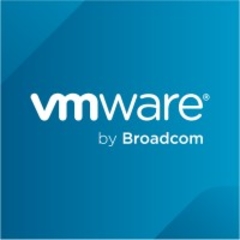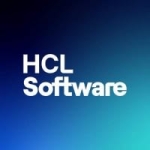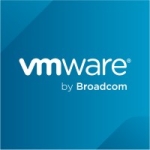Preparation of Hybris Commerce HY300 training laboratory environments and Hybris Expert Services demo infrastructure went from days of effort down to hours. Reliability and consistency is no longer a concern.
Code maturity is reaching a point where refactoring some internals will be important to maintain the rate of improvement. The software has evolved at a breakneck pace, and there is a lot of legacy code which needs refactoring and cleanup.
This doesn’t affect the operation of the software as much as it affects the learning curve for the open source community. If the code gets messier and messier, then community involvement will taper off.
Major architectural features, like the transport system for example, have been subsequently refactored. When I wrote the review, SaltStack had decided to replace ZeroMQ for extremely large scale operations, and embarked on a novel approach RAET. This appeared by early estimation over engineered and under tested, and lost momentum. Without missing a beat, SaltStack rolled out an asynchronous TCP transport option that was both simpler and more scalable. This was received well by large operations depending on SaltStack. This is a major refactoring win, and a testament to the maturation of the software.
Contributing to SaltStack could be difficult as their internal development processes matured. One symptom observable from community contributor not long before I wrote my original review, was git history rewriting. I’m not going to go down the rabbit hole about why this is bad, but I will say that this hasn’t to my knowledge happened since. I once worried this difficulty would be a barrier to progress at SaltStack, but I am no longer worried.
In particular, I was working with salt-cloud when I authored that review. Since then I have seen considerable attention paid to refactoring code I thought was problematic. They have a mature API deprecation process, which is not 100% executed (things get deprecation warnings, but the deprecated code can remain longer than declared). Even that has been improved, and in the mean time a lot of new functionality has appeared without affecting the quality of existing code.
Conventions around using salt, like formulas, testing methodology, and new functionality like the Salt Package Manager have added to the maturity of SaltStack. These conventions enable commercial and open source contributions to the SaltStack DevOps ecosystem, increasing the rate that SaltStack accretes capabilities without adding stresses to the core development at SaltStack.
We have used this solution for a year.
I did not encounter any issues with stability.
I did not encounter any issues with scalability.
Technical support is excellent.
I have used Chef. Chef is harder to teach, so it is more difficult to build an internal community around the toolset.
There are multiple ways to do the initial setup. The documentation is clear, but could be better organized.
It’s free until you need support. It will deliver a lot of value prior to production exposure, but you should plan to get an enterprise SaltStack license by the time your DevOps iterations can deliver reliably to QA.
We evaluated Chef, Puppet, and Ansible.
Make sure you have cross-functional collaboration between your development teams and operations teams.
Develop configuration as code in parallel with code development.
Use SaltStack to deploy and control both development sandbox environments and also full scale test and production environments.
















